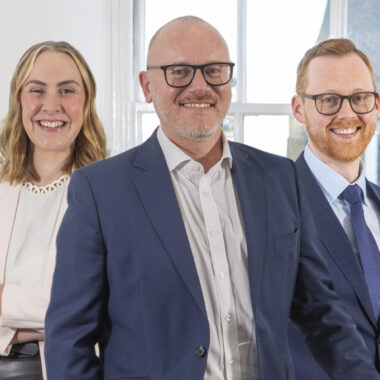Why you should consider culture in the M&A process
Cultural fit: why it’s essential in M&A
Management teams often start the M&A process with a financial goal firmly in mind.
It’s something that my colleagues and I in FRP Corporate Finance’s East Midlands team see frequently, and something I mentioned in my recent blog on M&A trends locally.
Having a clear idea of your financial objectives is important, but it’s not the only thing that needs to be considered when identifying potential partners in a deal.
Cultural fit is an element that can sometimes take a backseat in exit planning, but one that’s critical to deal success.
Here’s why.
Firm foundations: what is cultural fit?
A business’ ‘culture’ will be made up of many different parts. One element will be its top-level values – incorporating everything from the scale of its ambition, to its approach and stance on Environmental, Social and Governance (ESG) issues.
Another is its ‘operational culture’ – the conditions on the ground. This encompasses the expectations of management and the everyday routines of an organisation – simple, but important things such as whether staff are office-based, remote or hybrid, and behavioural elements, such as how they manage one another and come together to celebrate success.

Growth, reputation, wellbeing
Identifying similarities and differences in areas like these between vendor businesses and potential buyers should begin from the very start of an M&A process.
There are a number of reasons why this is important. The first is operational compatibility. The drivers for wanting to pursue an M&A deal are myriad, but frequently include driving growth by unlocking new operational synergies and taking advantage of each party’s respective independent strengths.
A mismatch in top-level values or operational culture can slow this process down – and in some cases, stop it entirely. Different scales of ‘vision’, and even entirely different ways of working, mean that parties who might look like a great fit in terms of performance metrics and offering are ineffective when it comes to actually sitting around a table and getting the work done.
Overcoming differences will be possible. But it’s not a process that happens overnight. If there are significant differences, both parties will need to be prepared and motivated to gradually work at cultural alignment – a process that can take months, or even years to deliver real change. This may be a non-starter for businesses that are undergoing M&A and looking for quick results.
Protecting reputation is another key reason for ensuring cultural fit. Both vendors and buyers will often have spent years, maybe decades, building a track record within their market that aligns with their values. Merging with or acquiring the wrong partner can, in the worst cases, lead to this being tarnished – potentially damaging the business relationships firms have worked so hard to build.
And a mismatch can have a detrimental impact on staff wellbeing. Every management team has the health and happiness of their staff as a top priority. Environments that clash can prompt frustration within teams and even lead to some looking elsewhere for conditions that better align with what they were used to – another brake on progress, and a potentially significant hurdle in today’s tight job markets.
Walking the walk
There will naturally be differences between businesses on both sides of M&A. It’s how firms each approach these differences, and celebrate their similarities, that will be key to a successful deal.
Finding an overall cultural fit between two businesses does not necessarily require major changes to either one. It can be beneficial to maintain distinctions between an acquired business and its new parent – after all, positive differences identified by the acquirer may have been one of the drivers for M&A in the first place. For the long-term success of any merger or acquisition though, understanding, respecting and considering the culture of both the overall organisation and its subsidiaries in the decision-making process is always critical.
Ultimately, being aware of cultural differences and similarities is the key first step. A good adviser will help firms start to think about these factors from the very start by looking at your own values as a company before embarking upon M&A.
First appeared on TheBusinessDesk.com on 15 September 2022.




